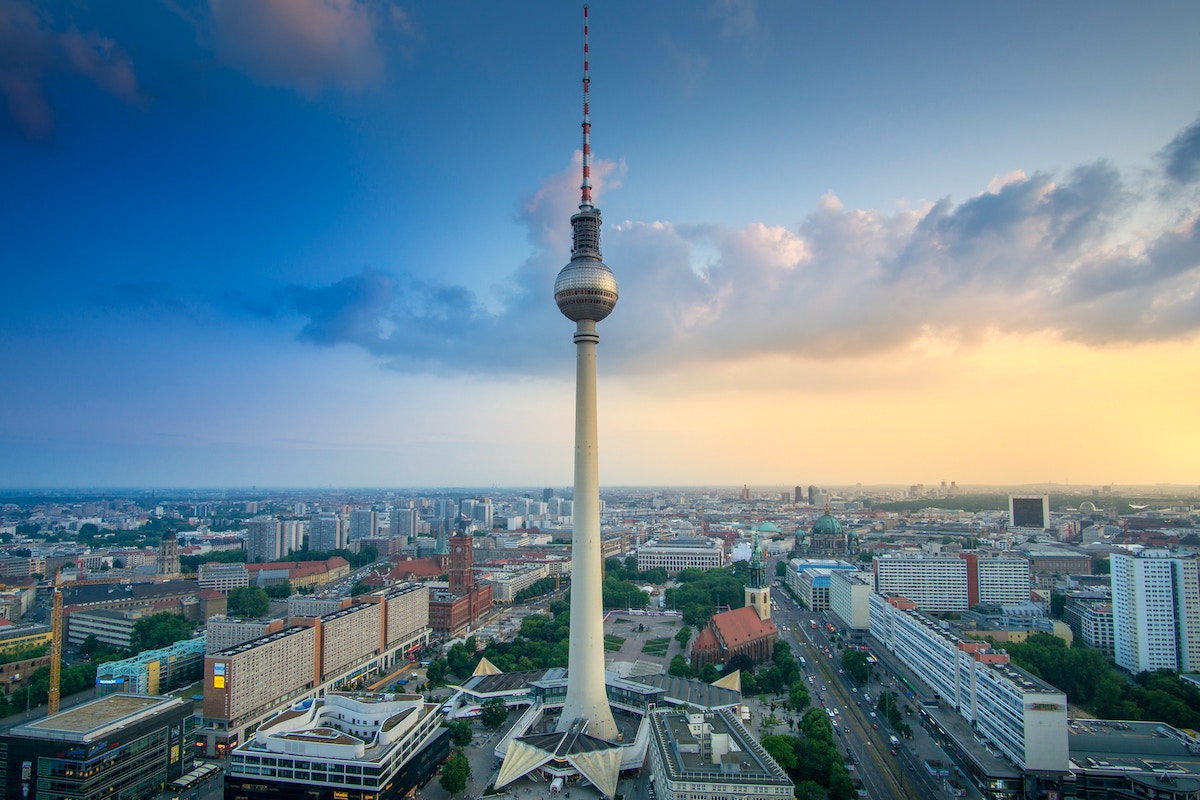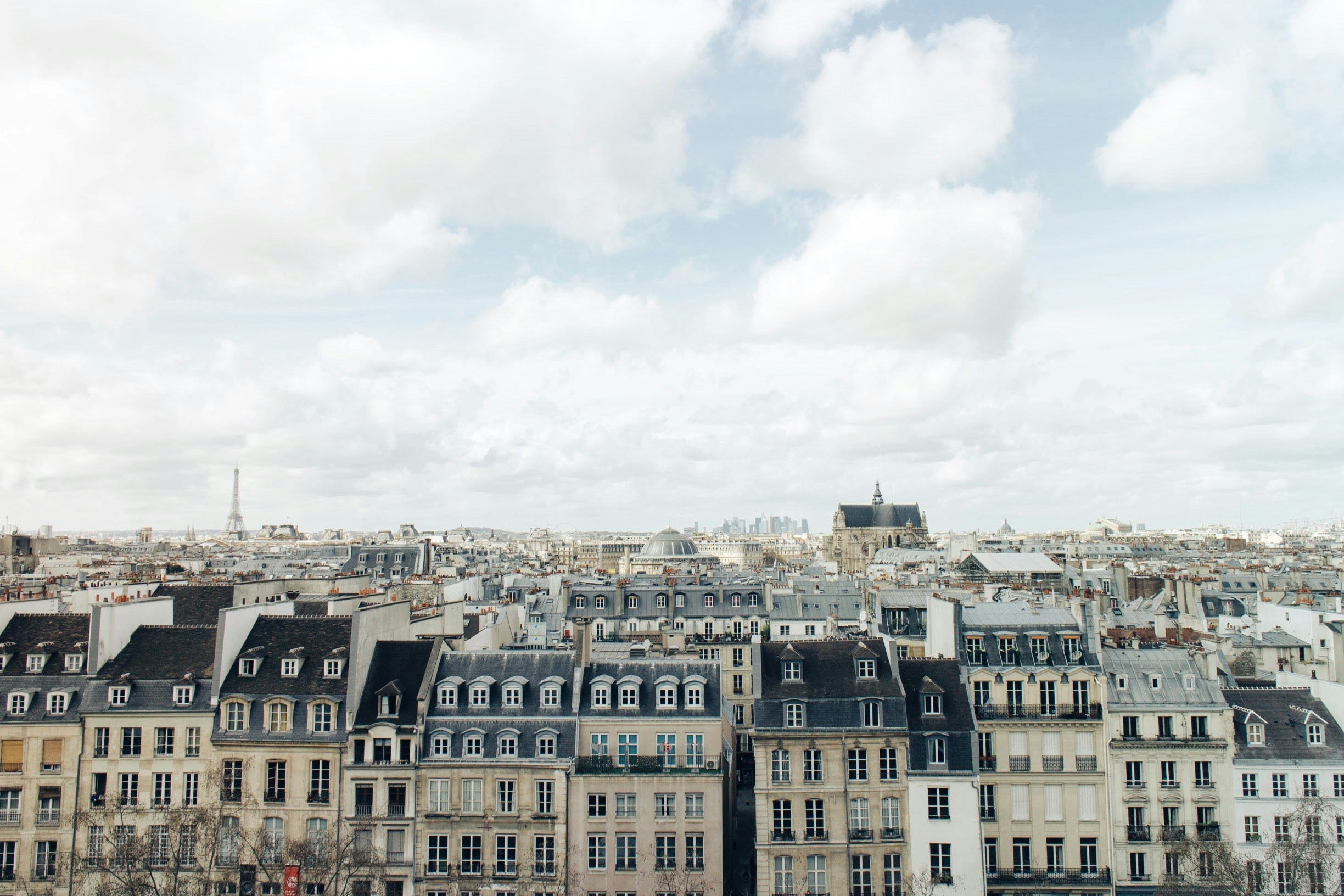Berlin is one of the most attractive cities in Europe for expats. It is a vibrant, cosmopolitan city with a rich cultural heritage and a great quality of life. With plenty of job opportunities, a low cost of living, an excellent public transport system, and a bustling nightlife, it’s an ideal destination for those looking to move abroad.
If you are planning to live and work or study in the city, this guide to Berlin will help you get to know the ins and outs of the German capital and get tips on where to find a place to live and what to explore.
Table of Contents
- An Introduction to Berlin
- Where to Live in Berlin
- Living in Berlin
- Sightseeing in Berlin
- Welcome to Berlin!
An Introduction to Berlin
Berlin is a welcoming city, its international community makes it easy to quickly settle in. For those looking to experience a new culture, explore new places, or just enjoy the beauty of the city, it is an ideal place.
Berlin has a rich history that has shaped its identity and character. From its humble beginnings as a small village of merchants to its rise as a major European capital, it has undergone several transformations throughout the centuries. Its history is marked by significant events such as the rise of Prussia, the devastation of World War II, and the fall of the Berlin Wall. Each of these events has left an indelible mark on the city and its inhabitants, making Berlin a fascinating destination for history buffs and curious travelers alike.
As you walk through the streets, you can see the remnants of the past in the form of historic buildings, monuments, and museums. The city’s history is also reflected in its energetic culture, which celebrates its diversity and resilience. Whether you want to explore the museums, visit historic landmarks or simply soak up its unique atmosphere, Berlin is a city that will captivate and inspire you.
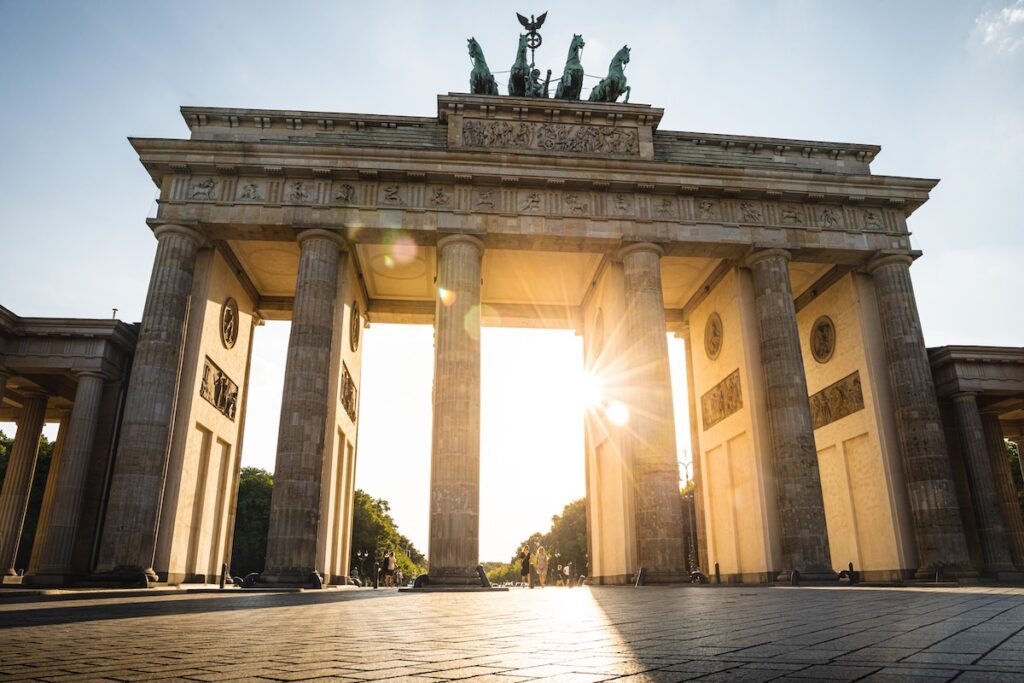
Where to Live in Berlin
Thanks to the city’s role as a cultural hub and one of Europe’s rising business centers, apartments in Berlin and especially mid-term furnished apartments are in higher demand than ever. A never-ending flow of new startups, galleries, restaurants, and concerts means that the German capital is constantly welcoming new guests and residents. That’s especially true for young expats in their 20s and 30s who love the city’s laid-back but productive atmosphere. Feel free to explore, get a feel for the city, and rent a furnished apartment in a district you would like to call home. This guide to Berlin’s neighborhoods will help you find your spot.
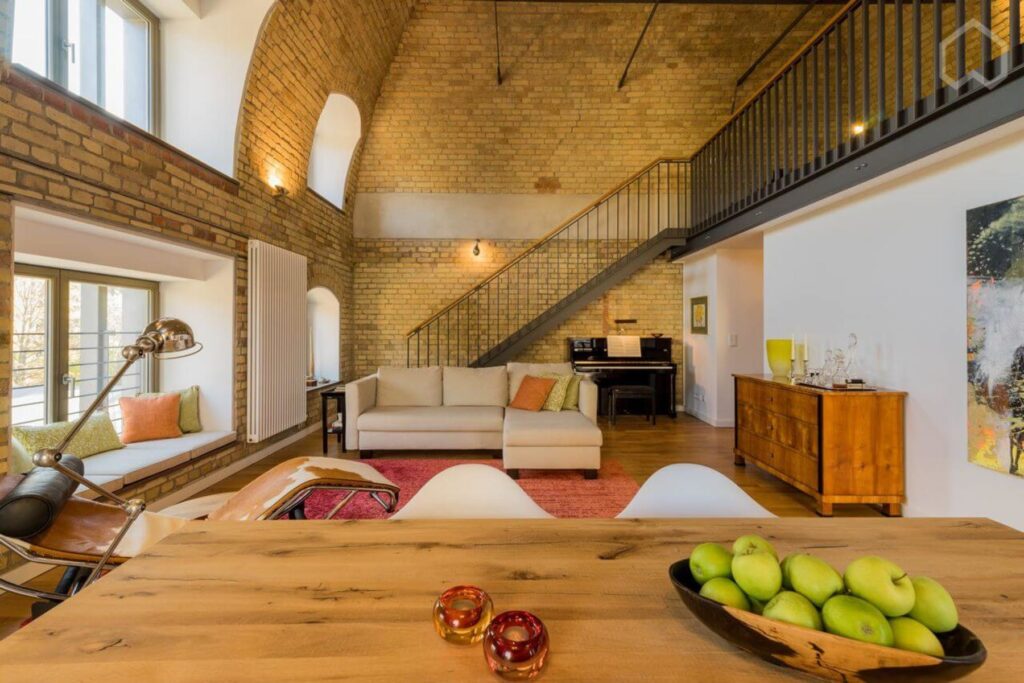
The Berlin-Mitte Neighborhood
Mitte is many things: Berlin’s “Silicon Valley”, a historical showpiece, and a vibrant nightlife area. A host of major global companies are based in the area, so Mitte will suit professionals who need access to offices and conference facilities. But it also offers excellent shopping and dining options and many nightclubs around Alexanderplatz. This neighborhood has an extremely wide appeal.
The name “Mitte” means middle in German, and that’s exactly where you’ll find this popular district. Located in the heart of Berlin, Mitte is home to world-famous sights like the Brandenburg Gate, Museum Island, and the Bauhaus Museum. The over 100,000 inhabitants of Mitte would probably agree that it’s a fine place to live.
The Berlin-Charlottenburg Neighborhood
Charlottenburg is a good place for people who love parks and outdoor recreation. The area’s eastern half is dominated by the city park Tiergarten, while the district is also home to the Berlin Zoo, plenty of lively bars and restaurants, and the shopping heaven Kurfürstendamm.
Living in Berlin-Charlottenburg
Located west of the city center and south of the River Spree, Charlottenburg is a popular choice for families and young people who want good connections with the center, but more affordably-priced apartments in Berlin. Shopping, historical attractions, dining, and parks all mean that it’s an excellent base from which to explore the city.

The Berlin-Kreuzberg Neighborhood
Kreuzberg is Berlin’s current creative hub, with standout features including quirky cafes, pop-up galleries, street art on every corner, and the lively Turkish market. Add in a dynamic live music and nightlife scene and it’s easy to see why Kreuzberg attracts a young, culturally active crowd.
Living in Berlin-Kreuzberg
Popular among students, Kreuzberg can be found just south of the city center. It’s a vibrant part of Berlin, where the large Turkish population adds some flavor to the local dining options, and a bohemian, relaxed vibe is the norm.
The Berlin-Prenzlauer Berg Neighborhood
Prenzlauer Berg’s properties tend to have a high proportion of Wilhelmine (late 19th century) designs, including some of the most beautiful apartments for rent in Berlin. Great cafés and bookshops make it appealing as well.
Living in Berlin-Prenzlauer Berg
When Berlin’s recent revival kicked off, Prenzlauer Berg was transformed into a diverse, youthful neighborhood, with plenty of cafes and art galleries. Located northeast of Mitte, it’s now known as more of an eco-friendly family area, with excellent transport links and local amenities.
The Berlin-Neukölln Neighborhood
For a long time, Neukölln was neglected by people seeking accommodation in Berlin, but that’s no longer the case. Its collection of restaurants from around the world, the large new park at Tempelhof, and the shopping scene with a constant opening of new markets and boutiques make it popular amongst young professionals.
Living in Berlin-Neukölln
Located southeast of the city center and relatively close to the airport, Neukölln is an up-and-coming neighborhood where new organic cafés open up every week and creative spirit is on the rise.
Living in Berlin
Berlin has everything you could hope for from a national capital, from world-class museums and an efficient public transport network to shops, markets, and a dynamic arts scene. Here are some pointers to get you started.
Transportation in Berlin
Below are our tips on how to get around during your first few weeks in the city.
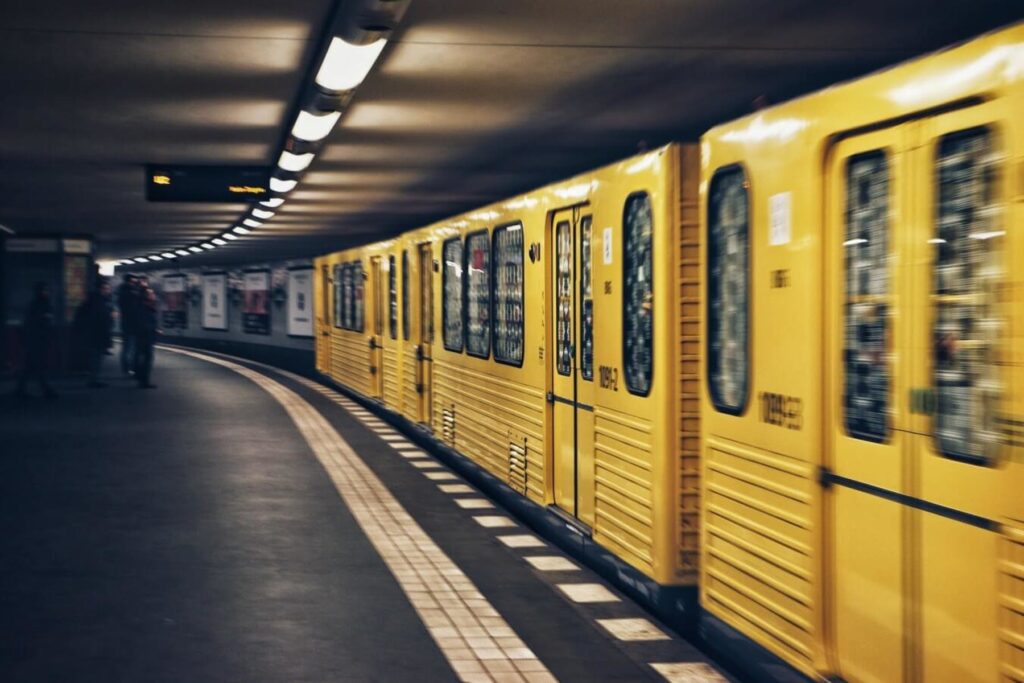
Public Transport
Locals prefer to get around via Berlin’s comprehensive public transport system, including its extensive rail network. Overground services are operated by Deutsche Bahn (DB) but the Underground (U-Bahn), operated by the Berlin-based transport company BVG, can be even more convenient as it reaches most central districts. Day tickets for all public transport cost €8.80 (including buses and trams), and 7-day tickets cost €36. Singles vary from €2 for a short trip (up to 3 stops) to €3.80 – quite reasonable for a major city.
The Deutschland-Ticket is a new option introduced in 2023, allowing you to travel on all public transport all over Germany for only €49 per month. It also includes unlimited travel on all local trains, if you feel like exploring the country, it’s an excellent option. You can buy this ticket from the BVG, Berlin’s public transport company, or Deutsche Bahn (DB), the German national railway company, online and at travel centers.
Taxi and Car-sharing
Taxis are available across Berlin and are more comfortable but also a pricier way to get around. Their base fare is €3.90 with an additional €2 per kilometer. You can hail a taxi on the street if needed, but be aware that when you do, short journeys will cost a minimum of €5. You can also find taxi apps, often offering additional car-sharing and ride-sharing options.
Bike-Sharing
Cycling in Berlin is one of the easiest ways to get around. Bike-sharing schemes let you integrate exercise throughout your day without having to purchase your own bike. There are numerous companies you can register and rent a bike with throughout the city, usually through the company’s app. When you are done cycling, you can park the bike anywhere within the S-Bahn ring.
Sightseeing in Berlin
Berlin has seen plenty of history, so it’s no surprise that attractions are everywhere. Here are some highlights:
The Brandenburger Tor (Brandenburg Gate)
The Brandenburg Gate served as the entry to Berlin under Prussian rule and later survived the Second World War, becoming a symbol of rebirth. Even more meaning was added when the Berlin Wall came down and the gate became a sign of German unity.
The Fernsehturm (TV Tower)
The needle-like Fernsehturm (TV tower) soars above Mitte. The summit offers an unmissable 360-degree view of the city, along with a sky restaurant. Nowhere else in Berlin will you get a better view.
Checkpoint Charlie
A famous crossing point of the Berlin Wall between 1961 and 1989, Checkpoint Charlie is now the site of a memorable museum, which tells the story of the divided city.
The Reichstag
Reopened and rebuilt with the help of British architect Sir Norman Foster, the Reichstag is a magnificent testimony to modern Germany. A visit to the rooftop terrace and a guided tour of the dome are highly recommended.
The Jewish Memorial
No visit to Berlin is complete without spending some time in contemplation at Peter Eisenman’s Jewish Memorial. Located near the Brandenburg Gate, the memorial’s 2,711 concrete monoliths are a fitting reminder of man’s darker side.
Museum Island
Home to Babylon’s famous Ishtar Gate, a gorgeous bust of the Egyptian queen Nefertiti, an endless array of modern masterpieces, and much more, Museum Island is a prominent collection of museums in central Berlin.
KaDeWe
Berlin’s premier department store, KaDeWe (short for Department Store of the West) sprawls over 60,000 square meters in Schöneberg. The luxury perfume and shoe departments are celebrated, but the 6th and 7th-floor food halls are the real highlight.
The East Side Gallery
The East Side Gallery is an open-air art exhibit made up of 1.3 kilometers of the Berlin Wall. It was opened in 1990 after artists took over a stretch of the wall, creating an improvised masterpiece.
Welcome to Berlin!
Berlin is an incredibly dynamic city that attracts people from all walks of life. For expats looking to live here, there is no shortage of opportunities to find a community and build a life in one of the city’s wonderful neighborhoods. With its rich history, brilliant arts scene, and thriving business sector, Berlin offers an unparalleled quality of life for those looking to start a new chapter in this exciting city. For those considering a move to Berlin, there are many opportunities to learn more about the city and connect with other expats who have already relocated. Whether for work, study or adventure, Berlin is a city that truly has something for everyone.
And if you are looking for a furnished apartment, Wunderflats can make your relocation process easier and faster. With an extensive selection of quality apartments in Berlin, helpful customer service, and easy solutions, it has everything you need to make your move a success. To get started, visit wunderflats.com.



